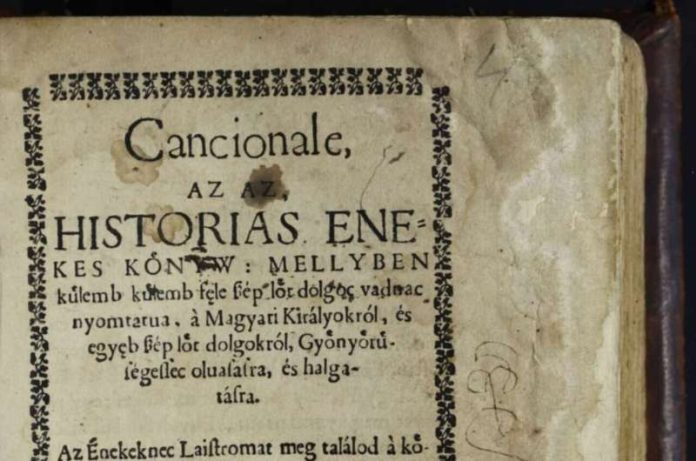
Scientists have long relied on nature’s archives—glaciers, sediments, and pollen—to reconstruct past climates. However, written records such as diaries, travel notes, and monastery registers also provide valuable insights into how historical societies experienced and responded to climate change.
A new study, published in Frontiers in Climate, highlights how these human accounts help fill gaps in our understanding of past weather patterns, particularly during the 16th century in Transylvania.
A Different Climate Story in Transylvania
During the Little Ice Age, which intensified in the 16th century, temperatures across western Europe dropped significantly. By the late 1500s, average temperatures had fallen by 0.5°C, causing widespread cooling. However, historical records from Transylvania tell a different story—one of extreme heat and prolonged droughts, particularly in the first half of the century.
One particularly vivid account from 1540 describes a summer so dry that springs dried up, rivers shrank to trickles, and livestock perished. People, desperate for relief, gathered in religious processions to pray for rain.
Such firsthand reports provide not only meteorological data but also a glimpse into how people emotionally and spiritually responded to extreme weather conditions.
Interestingly, the cooling trend seen across western Europe appears to have reached Transylvania later. Researchers found increasing mentions of harsh winters and cold waves in later historical documents, supporting the idea that the effects of the Little Ice Age may not have been uniform across the continent.
Climate Disasters and Their Impact on Society
Extreme weather events had severe consequences in the 16th century, many of which were recorded in written sources. According to the study, there were:
- 30 years of Black Death outbreaks, possibly worsened by climate-driven food shortages.
- 23 years of famine, as droughts and floods devastated crops.
- Nine years of locust invasions, further compounding food crises.
These records suggest that climate variations played a major role in shaping settlement patterns, infrastructure, and technological advancements. For instance, frequent flooding may have pushed towns to develop flood-resistant infrastructure, relocate to safer areas, or improve irrigation and food storage systems to prepare for future climate shocks.
The Human Side of Climate History
Written records provide valuable context for past climate events, offering insights that scientific data alone cannot. Diaries and chronicles reveal not only what the climate was like but also how people perceived and adapted to these changes.
However, this approach has limitations. Literacy rates were low, meaning that written records often come from a small segment of society. Accounts can be subjective, exaggerating or downplaying weather events.
Additionally, records are incomplete—some periods of history lack documentation, either because nothing was written or existing reports were too contradictory.
Despite these challenges, historical climate records remain an essential tool for understanding long-term climate trends and their effects on human civilization. By studying how societies responded to past climate extremes, researchers can gain insights that may help modern communities build resilience against future climate challenges.
“Studying climate records from the society’s archive is as crucial as analyzing natural proxies,” said lead researcher Caciora. “It provides a human-centric perspective on past climatic events.”
The research findings can be found in Frontiers in Climate.
Copyright © 2025 Knowridge Science Report. All rights reserved.



